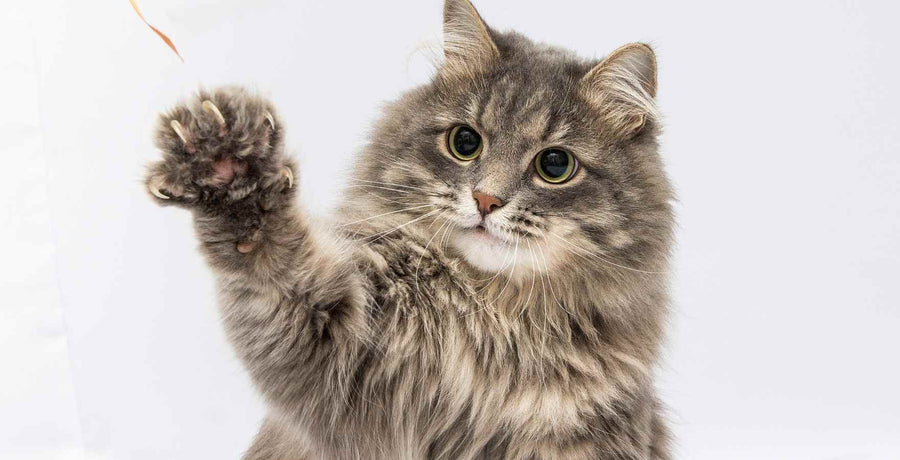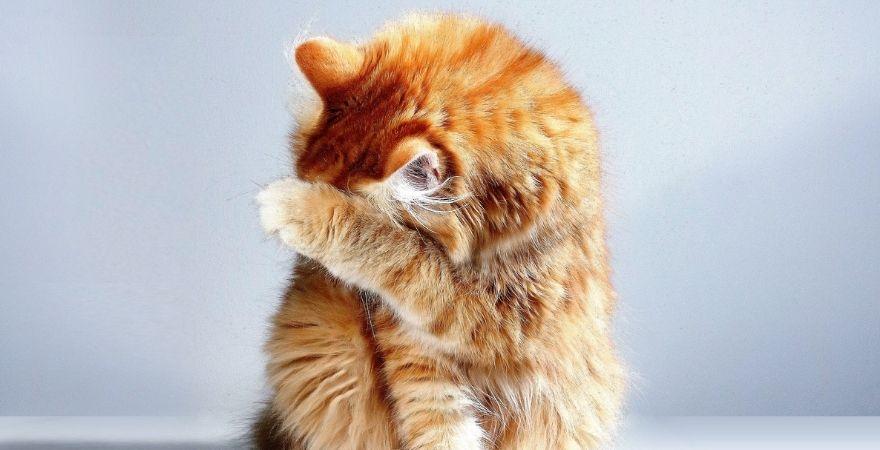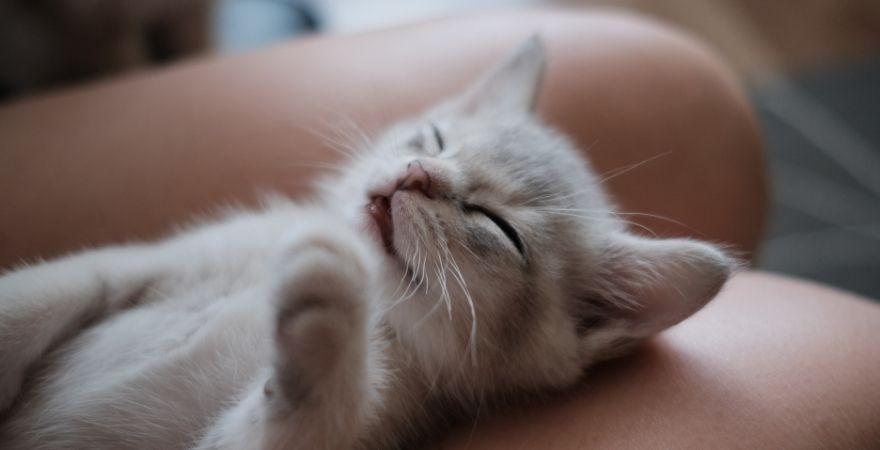
In Part One of this article we looked at the link between chronic kidney disease (CKD) in felines and proteinuria, looking specifically at how to tell if your cat is struggling to process protein properly.
We also talked about diet, one of the most important treatment issues you’re going to face with a cat suffering from CKD.
If you haven’t read Part 1, you’ll probably want to read that first before moving into Part 2, which is going to go into much more detail on the whole challenge of shifting your cat to a reduced protein diet.
CATS AND EATING

Most cats are fussy. They’re just naturally very careful about what they eat and it can take a lot of coaxing to get your cat to try something new.
While this isn’t usually too big a problem when your cat’s health isn’t at stake, it can rapidly become a big headache when it becomes medically important to get your cat eating different foods.
If this describes your situation, I’ve got one overriding piece of advice. You’re never going to force a cat to change. You’ll have to compromise, negotiate and work with your cat’s instincts.
The moment they feel they’re being cornered into changing their ways they’ll kick up a stink, become difficult to manage and may even get depressed. So, go slow and be patient.
Use cat psychology!
THINK ABOUT FOOD LOCATION

Cat’s don’t think of food like we do. The location of the food is every bit as important to the meal as the food itself!
When confronted with a changing diet, it’s a good plan to help them feel as safe and comfortable as possible.
One thing to try is to raise their food bowl, just a little. Especially for an older cat, this can reduce the gastric stress of eating, especially if they’re dealing with reflux. If eating hurts less, they may feel more comfortable doing it.
You may also need to experiment with where your picky little companion’s food bowl is located.
Cat’s have very distinct preferences about food locations. Some like it out in the open. Some prefer their food tucked away in a corner. Some even like to eat in the dark!
If your cat is struggling, try placing multiple bowls around the house and then give them time to discover each possible meal location for themselves.
If you pay close attention, you may get some valuable clues as to what kinds of locations they prefer.
PLAY WITH TEXTURE AND VARIETY

The other thing cats with CKD often face is a more sensitive stomach. It just takes a bit more work for them to digest food!
You may begin to see them vomiting a little more than usual. They may also just be reluctant to take that first bite.
If so, you may want to migrate to softer, paté style meats. Many options of soft meat are actually a little bit aerated, making something approximating a meat mousse. I’ve found these are great for cats with a delicate stomach.
The other option is to use a blender on their existing food. It’s a bit more work, but if you can keep the taste the same while making the texture a bit more palatable, your cat may do a lot better with a kidney friendly diet.
Don’t forget the softening effect of water, too! Sprinkling a bit over their food may make it just soft enough to go down easy.
EXPERIMENT WITH CATNIP

Most cat owners will have experimented with the intoxicating effects of catnip at some point or another. 99% of cats seem to love the stuff, deriving some kind of euphoric high when exposed to the stuff.
What a lot of people don’t know is that it also happens to be a potent appetite stimulant. Get your little catnip junkie close enough to the stuff and it’s likely they’ll be sniffing around for food soon afterward.
You can even get the magical stuff in liquid form and many owners of cats with CKD swear by the stuff, sprinkling a tiny bit over each meal.
Your vet may well be able to get you some of this awesome product. If not, it’s always available through Amazon.
CKD has a lot of health impacts and does require quite a bit of lifestyle adjustment for most cats. Unfortunately, managing protein is a big part of that. It can be a real struggle.

The best thing you can do is talk to your vet, understand the medical options and work with your cat to gradually introduce the right kind of diet.
Hopefully some of these tips will help you on that journey!
To you and to your fluff ball, the very best of luck.



